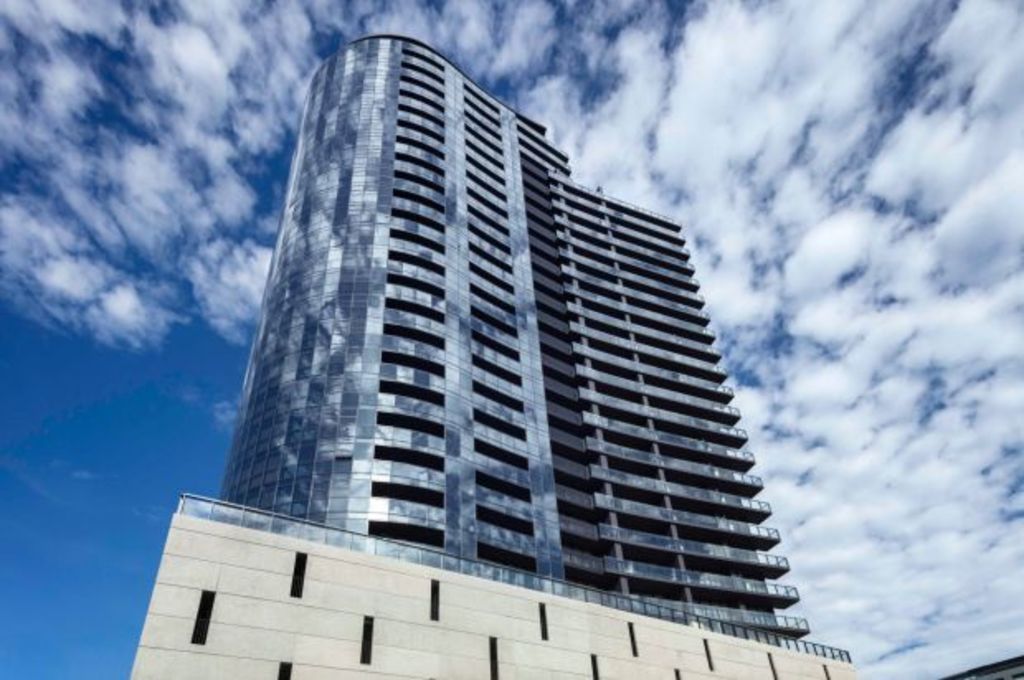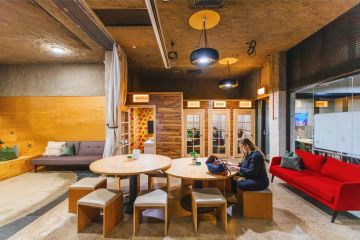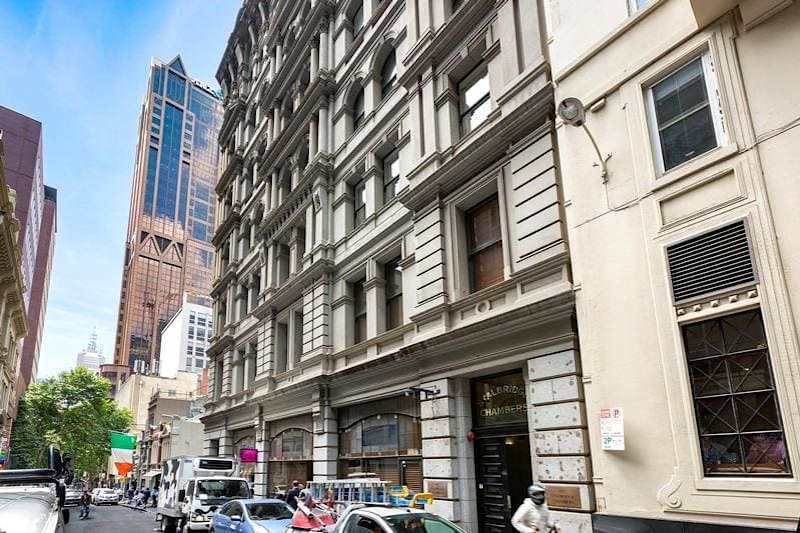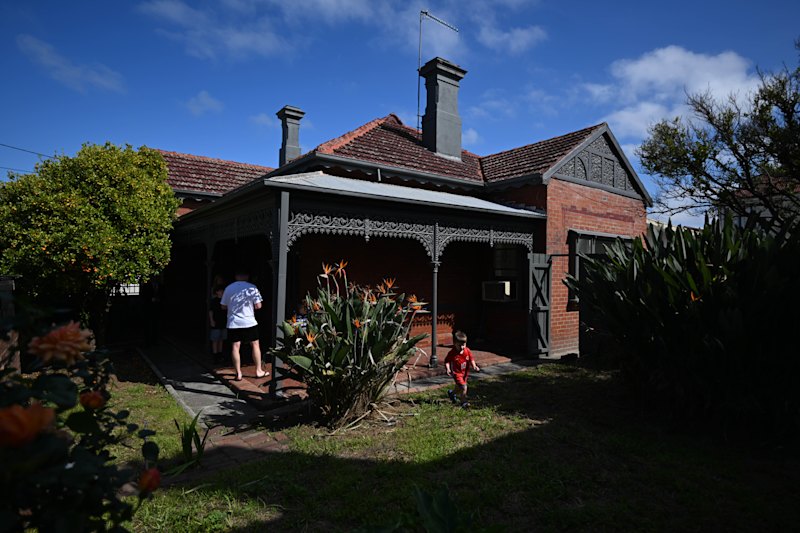The eight step guide to buying an apartment off the plan

Putting money on the line for something that doesn’t yet exist sounds a little crazy, right? Yet thousands of Australians buy property off the plan every year.
By following this guide, you’ll be in a much better position to make a stress-free purchase.
Step 1. Finance
It’s crucial to understand your lender’s policy when it comes to off-the-plan purchases, says Alex Caraco, executive director of iBuyNew.
“Most banks today will expect investors to have a minimum of 20 per cent deposit,” he says.
“There are areas in the market where banks might need a 40 per cent or 50 per cent deposit. It can change every month, so check with your broker. It usually means there’s an oversupply and the banks are just covering their risk in the event a person has to sell quickly.”
Step 2. Government grants
If you’re a first home buyer you may be eligible for a government grant. Caraco says the available grants vary from state to state and commonly range between $10,000 and $20,000, with a cap on purchase price between $600,000 and $650,000.
“It chops and changes to help the building industry so it’s good to check, especially around budget time,” Caraco says.
Step 3. What to buy
Caraco says there are three buyer types: owner-occupiers, investors and first home buyers.
Owner-occupiers should focus on long-term amenity and quality inclusions and will often target two or three-bedroom properties.
For investors, yield will be a top priority, and for first home buyers, the focus will likely be on price point.
Step 4. Where to buy
Managing director of CBRE residential projects, David Milton, says developers continue to advertise online and in print media. But he suggests buyers also “burn some shoe leather”.
“It’s important to get out and check out the sites. Is it a nice environment to live in? If there’s a display suite, it will show what’s being offered.”
Caraco says it’s possible to do a credit check on developers and builders to see if they’re in a good financial position. He also advises buyers to visit a developer’s previous work and research resales in those developments to see if there has been price growth.
Be aware of how much development is going on in any given area. When a lot of high-density development is slated for a suburb, there’s sometimes an oversupply, which can slow down capital growth and restrict rental yield on completion.
Step 5. When to buy
If finance is proving tricky, Caraco recommends buying into a development that is close to completion.
“Banks aren’t so tough on their valuation because they can see the finished product,” he says. “You may also have other buyers who have settled, confirming the price.”
An investor may choose to buy in much earlier to give themselves plenty of time to save for the deposit, making a three-year project timeframe advantageous.
Milton says with multi-stage developments, buyers in the early stages may see price growth over the life of the project, in line with the greater market.
Step 6. Selections
Milton says most projects will offer a fixed selection of floorplans and finishes, with little room for change unless a buyer wants to amalgamate more than one apartment.
“It’s becoming very common now where people are wanting a home-sized apartment,” he says. “The buyer is nearly always an owner-occupier and very clear on what they want, and we’ll work with them on the floorplan.”
Managing director of 360° Property Group John Meagher says buyers should double-check inclusions as often items like airconditioning, window coverings and sometimes parking won’t be included in the list price.
Step 7. Contracts
Always get independent legal advice on the sale contract. Meagher says it’s crucial to include a sunset clause, which requires the vendor to complete the project by a particular date or within a specified timeframe. Meagher says this clause allows you to legally walk away from the contract and retrieve your deposit if the vendor doesn’t deliver on time.
On the flipside, it also allows the developer to rescind the contract. Professional legal advice from a firm experienced in off-the-plan contracts will pay dividends here.
Step 8. Purchase
A sum between $2000 and $5000 is generally required as a reservation fee when you choose your apartment, says Caraco. This fee is refundable until the exchange of contracts, when you will be required to provide a 10 per cent, non-refundable deposit. The balance of the purchase price will be due on settlement, when the building is complete.
Make a thorough inspection of your apartment before paying the balance. You’ll have more leverage to have problems fixed if the developer is still waiting on your money, although you need to remain within the boundaries of the contract.
We recommend
States
Capital Cities
Capital Cities - Rentals
Popular Areas
Allhomes
More







